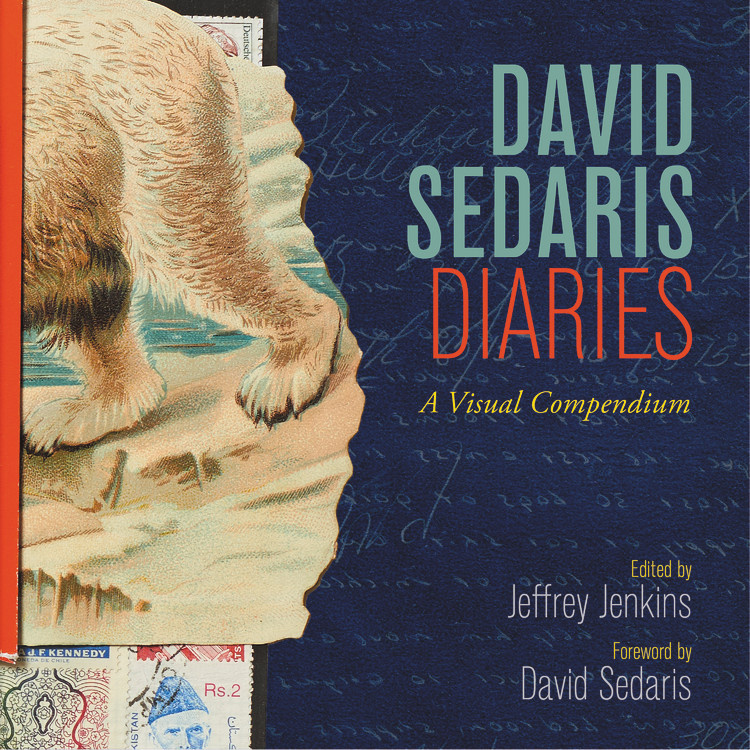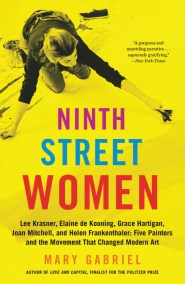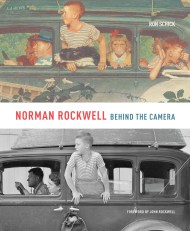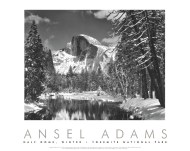Promotion
Use code BEST25 for 25% off storewide. Make sure to order by 11:59am, 12/12 for holiday delivery!
By clicking “Accept,” you agree to the use of cookies and similar technologies on your device as set forth in our Cookie Policy and our Privacy Policy. Please note that certain cookies are essential for this website to function properly and do not require user consent to be deployed.
David Sedaris Diaries
A Visual Compendium
Contributors
Foreword by David Sedaris
Edited by Jeffrey Jenkins
Formats and Prices
- On Sale
- Oct 10, 2017
- Page Count
- 256 pages
- Publisher
- Little, Brown and Company
- ISBN-13
- 9780316431712
Price
$50.00Price
$60.00 CADFormat
Format:
- Hardcover $50.00 $60.00 CAD
- ebook $19.99 $25.99 CAD
This item is a preorder. Your payment method will be charged immediately, and the product is expected to ship on or around October 10, 2017. This date is subject to change due to shipping delays beyond our control.
Buy from Other Retailers:
In this richly illustrated book, readers will for the first time experience the diaries David Sedaris has kept for nearly 40 years in the elaborate, three-dimensional, collaged style of the originals. A celebration of the unexpected in the everyday, the beautiful and the grotesque, this visual compendium offers unique insight into the author’s view of the world and stands as a striking and collectible volume in itself.
Compiled and edited by Sedaris’s longtime friend Jeffrey Jenkins, and including interactive components, postcards, and never-before-seen photos and artwork, this is a necessary addition to any Sedaris collection, and will enthrall the author’s fans for many years to come.
Genre:
-
"Fans of Sedaris's acerbic wit will want to check out this stunning new diary compilation...the writer's worldview comes to gorgeous, bitingly funny life."Entertainment Weekly
Newsletter Signup
By clicking ‘Sign Up,’ I acknowledge that I have read and agree to Hachette Book Group’s Privacy Policy and Terms of Use







